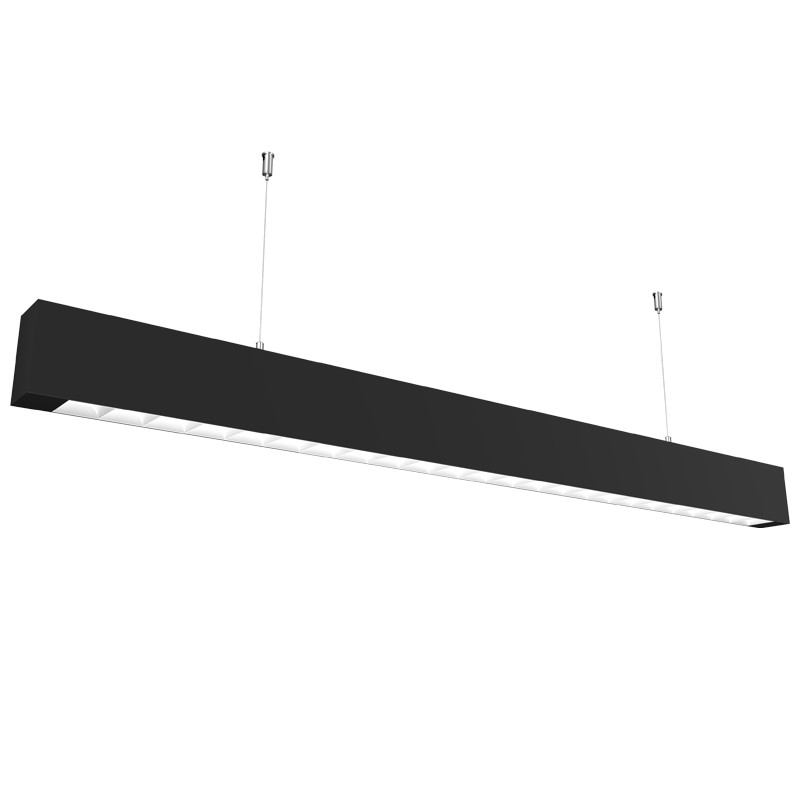
Regular monitoring and reporting of materials usage can help identify trends, inefficiencies, and opportunities for improvement. For instance, flour, eggs, yeast, sugar, oil, and water are among the direct materials for a baker. The direct materials concept is used in cost accounting, and various types of financial analysis classify this cost separately.
- Thus, cotton is a direct material for textile goods, leather for shoes, wood (or steel or plastic) for furniture, and so on.
- For example, an inventory management system can allow other departments to view and access inventory levels and usage patterns, leading to better communication and coordination.
- Because businesses use indirect materials in smaller amounts, accounting for them is more difficult.
- Technology can also improve supplier management by giving businesses more visibility into their suppliers’ performance.
- This department manages indirect materials’ inventory levels and makes them available when needed.
To Ensure One Vote Per Person, Please Include the Following Info
When a company uses raw materials inventory in production, it transfers them from the raw materials inventory to the work-in-process inventory. When a company completes its work-in-process items, it adds the finished items to the finished goods inventory, making them ready for sale. All inventory, including raw materials inventory, should be valued at its comprehensive cost. The typical journal entries in an accrual accounting system for the initial purchases of raw materials inventory include a credit to cash and a debit to inventory.
Why You Can Trust Finance Strategists
There are certain situations where companies can identify these materials. Either the material does not belong to the end product or has an insignificant cost. For example, in the former case, the screws might be useful in the machines used to produce cars. Yes, water can be thought of as a raw material that is used in a wide range of products and production processes, from beverages to agriculture to industrial uses. Raw materials may degrade in storage or become unusable in a product for various reasons.
Increased Costs
Therefore, they don’t really add much overall value to the product being produced. A manufacturer calculates the amount of direct raw materials it needs for specific periods to ensure there are no shortages. Direct raw materials are materials that companies directly use in the manufacturing of a finished product, such as wood for a chair. Direct raw materials are placed in current assets and are expensed on the income statement within cost of goods sold. Because direct materials are the main component of a good or service, businesses typically order and use them in larger quantities.
The cost of indirect materials can impact a company’s bottom line in several ways. First, the cost of these materials can add up quickly, especially if they are used frequently. Companies that do not manage their indirect material costs can spend significant money on supplies that do not directly contribute to their revenue streams.
The primary purpose of these materials is to provide a supplementary resource to the finished goods. Usually, indirect materials aren’t tracked through a formal inventory record keeping system. Instead, a company might use an informal system to determine when to order additional indirect materials. Indirect materials differ from direct materials because they can’t be traced back to the products they produce, even though they’re part of the overall manufacturing process. Indirect materials are usually small, bought in mass quantities from a supplier, and inexpensive.

Indirect materials are essential to production operations, but unlike direct materials, they can’t be easily or conveniently linked to a product. As a result, indirect materials are often added to the manufacturing overhead. The ability to trace direct and indirect materials to the finished product is their main distinction. The use of direct materials is specifically tied to the end product and focuses on what is required to create a given good or service. Although they are still used in the process, indirect materials aren’t used as direct inputs because they aren’t connected to the creation of a particular good or service.
For example, if a company needs to purchase more maintenance tools to keep up with increased production, the cost of those tools would be considered variable. Indirect materials can also include tools, equipment, and maintenance supplies required to operate machinery and equipment used in production. These items are necessary for the smooth functioning of the manufacturing process but are not directly incorporated into the final product. Finally, indirect materials can impact a company’s bottom line through employee satisfaction. Employees with the necessary tools and supplies to do their jobs effectively may become satisfied and energized. This frustration can lead to decreased productivity and increased turnover, impacting a company’s bottom line.
A formal inventory record keeping system is typically used by businesses to track direct materials. These materials are then reported and filed in financial statements under production costs, such as work-in-progress inventory, finished goods, and cost of goods sold. The direct materials account includes the cost of materials used rather than materials purchased for inventory calculation.
For manufacturing companies, raw materials inventory requires detailed budgeting and a special framework for accounting on the balance sheet and income statement. Indirect materials are not usually tracked through a formal inventory record keeping system. Instead, pnl explained faq an informal system is used to determine when to order additional indirect materials. This may involve keeping them in designated bins, so that a visual check of the bins will reveal when a replenishment order should be placed with the applicable suppliers.
